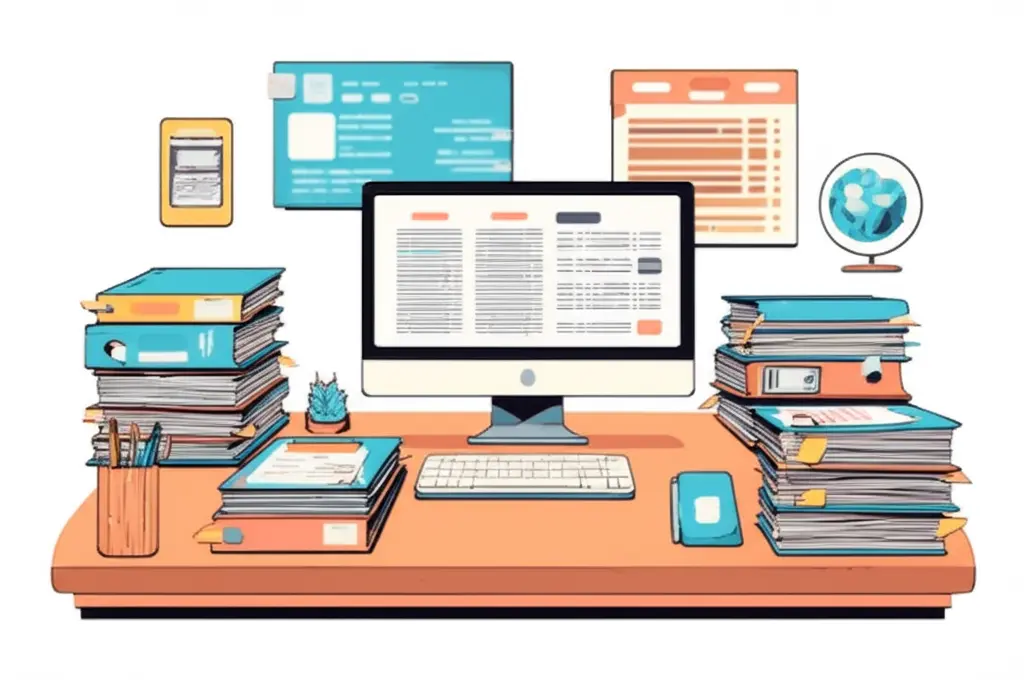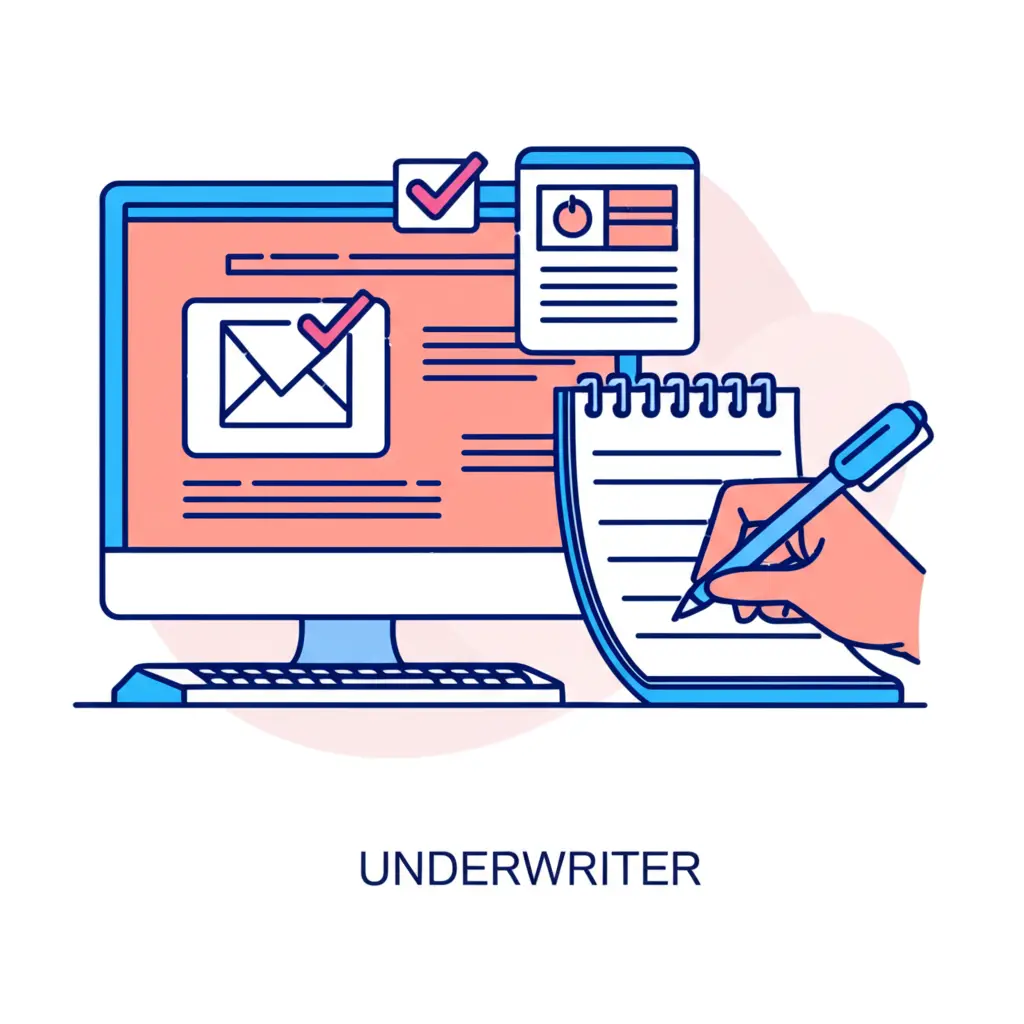Mastering the Art of Effective Desk Management for Underwriters
Discover practical desk management tips for underwriters to enhance workflow and productivity.

Have you ever felt like you're drowning in a sea of paperwork, and your computer screen is buzzing with more tabs than you can count? If you’re an underwriter, this scenario might sound all too familiar. Managing a desk, both physical and digital, is an art that can significantly enhance productivity and reduce stress.
Why Desk Management Matters for Underwriters
The primary keyword here is desk management. It's crucial in the world of underwriting, where efficiency and organization are directly linked to performance. A well-managed desk translates to a more streamlined workflow and fewer mental roadblocks.
Effective desk management isn’t just about tidying up; it’s about organizing in such a way that it boosts your efficiency and allows you to focus on what really matters—making smart underwriting decisions.

Tips for Organizing Your Underwriting Desk
1. Prioritize Your Tasks
Before you even start sorting through your emails and papers, take a few minutes to list the most critical tasks for the day. Consider using a digital planner or app that can help you queue tasks based on deadlines and importance. Allocating time blocks for each task reduces anxiety and improves focus.

2. Declutter Your Digital Space
Your computer desktop should be as organized as your physical desk. Keep only essential files on the desktop and create a filing system for everything else. Regularly review and archive emails, and try to maintain an inbox of fewer than 50 messages. This allows you to spend less time searching and more time doing.
3. Setup Ergonomic Space
An often-overlooked aspect of desk management is the physical setup. Ensure your chair and desk height are data-driven for optimal posture. Consider investing in supportive seating and wrist rests—comfort directly affects how long you can work efficiently.
4. Use Visual Management
Keeping a whiteboard or pin-up board near your desk with sticky notes or cards can serve as a quick visual reminder of pending tasks. This system can be especially useful for underwriters who have to juggle multiple accounts and policies simultaneously.

Conclusion: The Personal Touch
Establishing smart desk management habits can transform your work day from stressful to smooth. Think of it as creating a personalized workspace that matches your unique workflow needs. As you refine what works best for you, those tumultuous days of scattered papers and chaotic scramble will become a thing of the past. What's one change you'll make to improve your desk management today?




